

- Contact Us
- Search
-
Mayflower400 partner destinations:
Dartmouth Heritage Trail
The Dartmouth Heritage Trail is now officially open, offering visitors the opportunity to follow in the Pilgrims’ footsteps and find out more about the Devon’s town’s links to the historic voyage across the Atlantic in 1620.
Indeed, if it weren't for the skilled craftsmen of Dartmouth nearly 400 years ago, the story may have had a very different ending.
For it was they who managed to repair the Speedwell and ensure she and the Mayflower could both continue their journeys to Plymouth and, eventually, reach North America.
Dartmouth is one of the 12 towns participating in the National Mayflower Partnership, and its trail is linked to the National Mayflower Trail that will chart the story of the Pilgrims from their birthplaces to their settlement in the US.
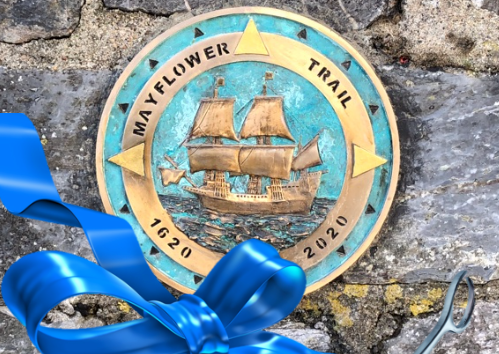
The trail will consist of three sections:
- A Town Trail that will take visitors around the historic streets and points of interest: The Museum, Pillory Square, The Butterwalk (1635), St. Saviours Church (1372), Agincourt House (14th century), Bayards Cove (1539) and Bayards Cove Fort (1510), where the Mayflower and Speedwell were moored in 1620.
- A Walking Trail that will link Townstal – the original settlement – with the port, beginning at St Clements Church (14thcentury & the ‘Mother Church’), Old Mill Creek, and down the ancient streets – walking in the footsteps of the Pilgrims – with many interesting historic buildings along the route.
- A Castle Trail will take visitors from Bayards Cove to Dartmouth Castle (1488), St Petrox Church (1641) and the Civil War fieldworks on Gallant’s Bower (1642).
All three trail elements will link up, and will also link with a River Trail, taking in the historic seafaring locations and the Pilgrims’ encampment further upriver.
You can even download the Mayflower Self-Guided Tours app, which is available for both Apple and Android devices.
Although the trail will focus mainly on the story of the Separatists, the Mayflower and the Speedwell, you’ll also learn all about the interesting events in Dartmouth since the 12th century - taking in these 13 historic locations:
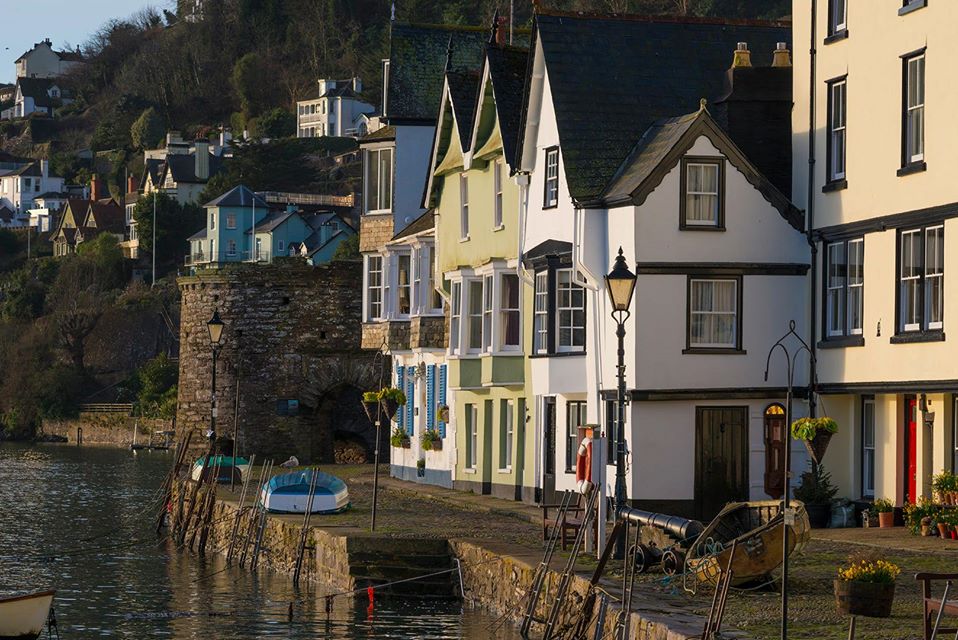
Bayards Cove
1. The Visitor Centre
The trail begins at the Visitor Centre, which stands on ground reclaimed from the river in the 19th century. In 1620, ships moored here. The nearby church commemorates John Flavel, a Puritan preacher and writer, well-known in England and America in the 17th century.
2. The Quay and Fairfax Place
To further develop Dartmouth’s trade, a new quay was built here between 1570 and 1640. New houses were built along it by leading members of the town. The house on the corner is a good example of a 17th-century Devon town house.
3. The Butterwalk
These merchants’ houses, now called the Butterwalk, were built between 1628 and 1640, on reclaimed land. They backed on to the river and ships came up to the back door. Today, Dartmouth Museum occupies two of them.
4. The Old Market
In 1620 this area was the Mill Pool, originally a tidal creek. A dam across the creek allowed the tide to be used to power a mill, which operated until around 1800. The Market was built in 1828 after the pool was drained.
5. Brown’s Hill Steps
In 1620 this was an important meeting point. Roads led from here up the steep hill to the parish church of St Clement’s and out of the town; west along the edge of the Mill Pool; east along the river’s edge to the shipyards of Hardness; and south into Clifton.
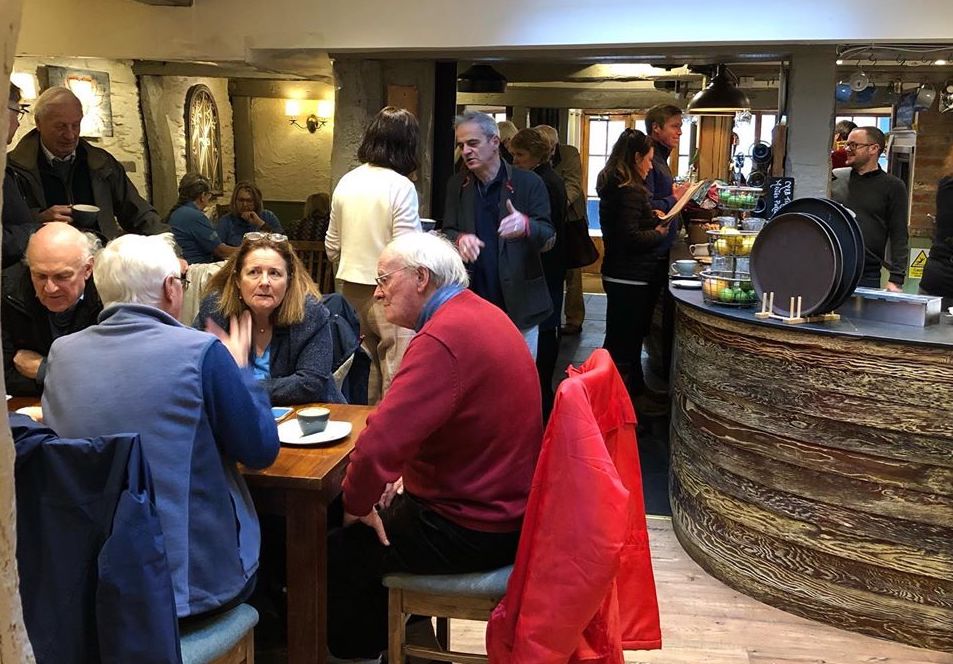
People attend the launch of the Dartmouth Heritage Trail at the Bayards Cove Inn
6. Foss Street
Foss Street marks where the dam across the tidal creek used to be. John Roope, who owned the mill in 1619, wanted to stop people walking over the mill drawbridges. Maps drawn for the legal case clearly show the town’s appearance at the time of the Mayflower’s visit.
7. St. Saviour’s Church
The church of St Saviour was consecrated in 1372. It was built by the townspeople, who wanted a church in the centre of the town, and over the centuries they endowed it with many beautiful features. In 1620, refurbishment was under way; the porch was rebuilt that year.
8. Smith St. and Higher St.
This was the heart of medieval Dartmouth. The pillory was located here with the stocks. In Higher Street here are two fine 17th-century houses; further along is the Cherub, one of the oldest town houses in the southwest of England.
9. Chapel Lane
Up Chapel Lane is the old Baptist Meeting House (now a private house). There was a Baptist community in the town by 1646. Thomas Newcomen, inventor of the first successful working steam engine, was born in Dartmouth in 1664. He was a Baptist preacher.
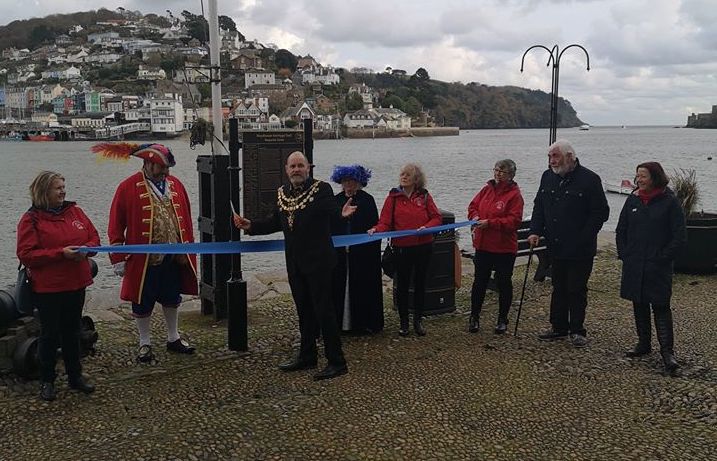
Dartmouth Mayor, Cllr Graham Webb, officially launches the Dartmouth Heritage Trail
10. Bayards Cove Inn
In 1620, Lower Street contained many old houses. Bayards Cove Inn is a rare and relatively well-preserved survival of a 17th-century “gallery and back block” house, and the stone walls may be from the 14th century. Its position shows how narrow the old streets used to be!
11. Bayards Cove
By tradition, the Mayflower and Speedwell lay at anchor here during their ten-day stay in Dartmouth. Shipwrights from Dartmouth may have helped with repairs to the Speedwell, which was badly leaking. Several houses along Bayards Cove quay date from the 17th century.
12. The Embankment
Now a lovely riverside walk, the Embankment was built in 1882/85 for larger ships to come to Dartmouth. In 1620 Dartmouth’s mayor, John Plumleigh, lived here. Further along is ‘Pilgrim’, a sculpture created by Mark Gregory with students from Dartmouth Academy to mark the 400th anniversary of the sailing of the Mayflower.
13. Coronation Park
The trail ends at Coronation Park, opened in 1937 to mark the coronation of George VI, the present Queen’s father. Before the ground was reclaimed, Coombe mud flooded with the tide, and there were boat-building yards here.
- For more information visit the website at https://www.dartmouthmayflower400.uk/dartmouth-walking-trail/
You Might Also Like
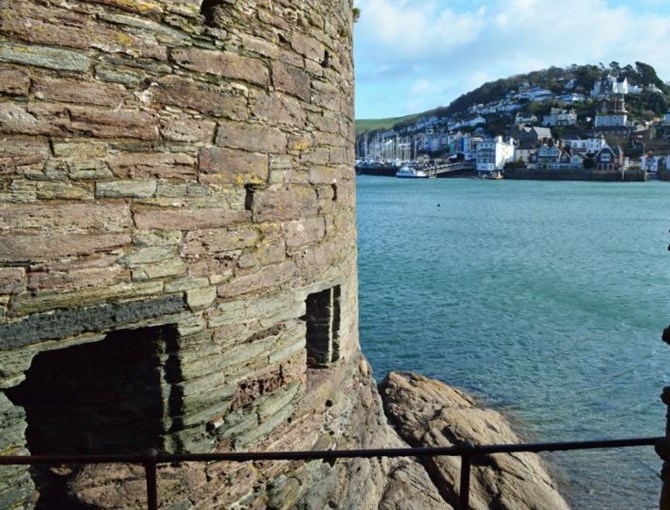
Bayards Cove Fort
Historic Site
A Tudor fort, built between 1522 and 1536 to protect Dartmouth from attack.
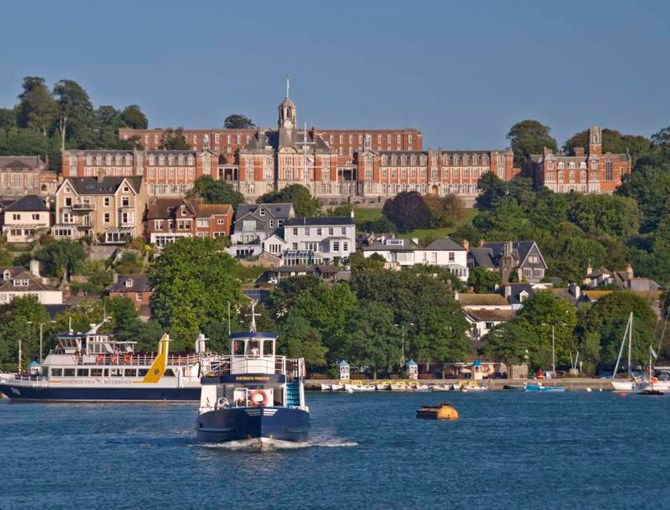
Britannia Royal Naval College
Guided Walking Tour
With 150 years of history, Britannia Royal Naval College is an essential place to visit in Dartmouth.
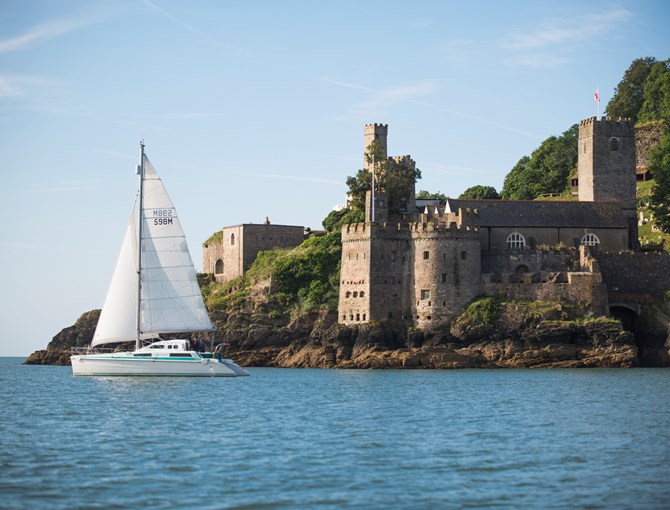
Dartmouth Castle
Historic Site
A 600 year old castle with stunning estuary views.
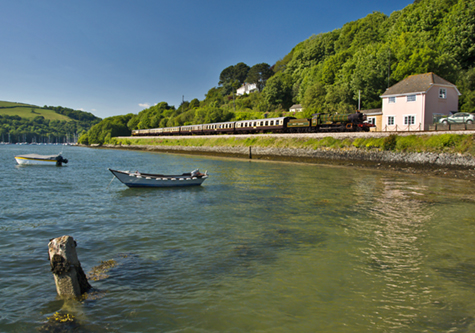
Dartmouth Steam Railway
Visitor Attraction
Enjoy days out on a steam train, boat trips and paddle steamer on the River Dart
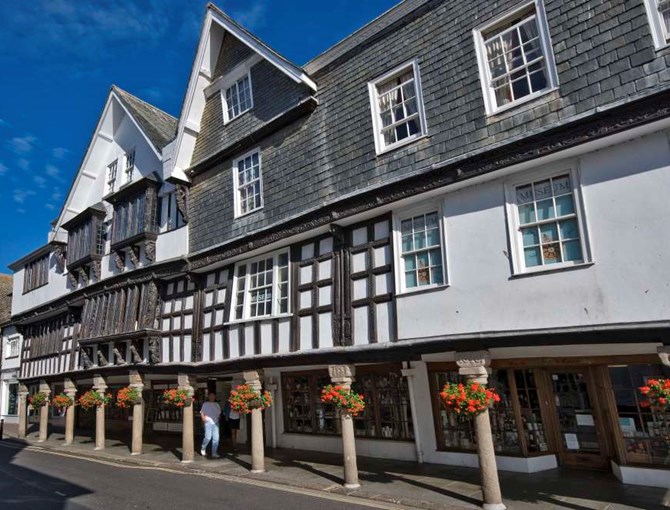
Dartmouth Museum
Historic Site
Discover Dartmouth’s fascinating history housed in the 1600 Butterwalk building.
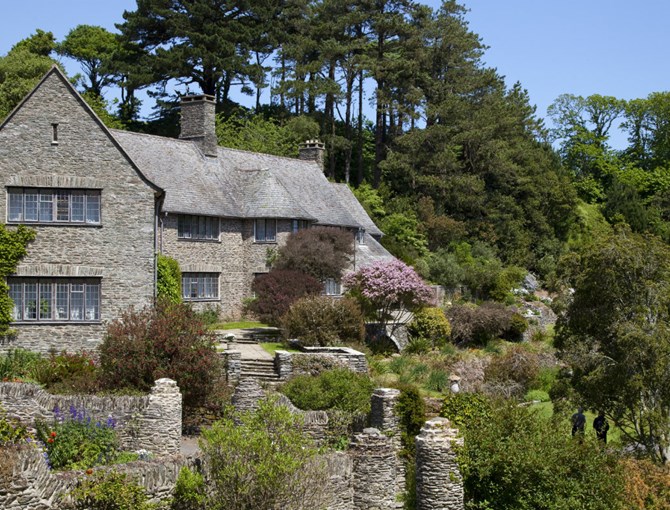
National Trust - Coleton Fishacre
Visitor Attraction
A 1920’s Jazz Age country retreat with stunning coastal gardens
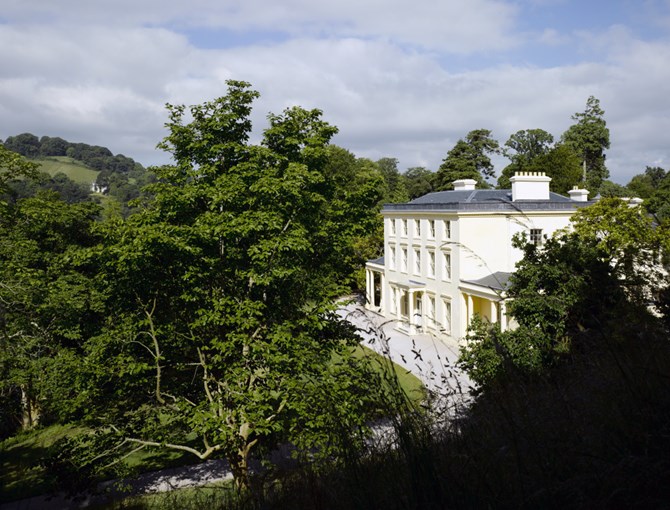
National Trust Greenway House
Visitor Attraction
Author Agatha Christies much loved holiday home, owned by the National Trust.
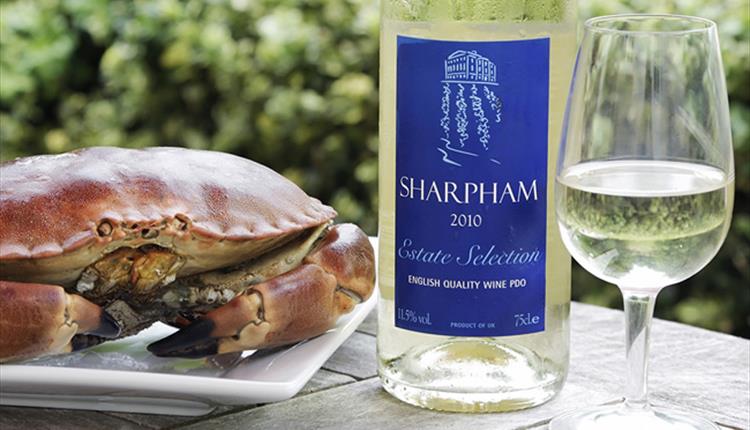
Sharpham Vineyard and Cheese Dairy
Self-Guided Tour
Vineyard and Cheese Dairy on the banks of the stunning River Dart
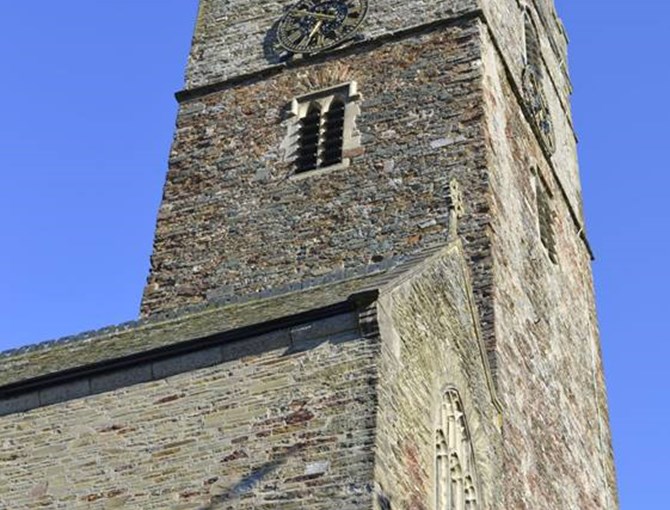
St Saviour's Church
Visitor Attraction
The town church, dating from 1372.
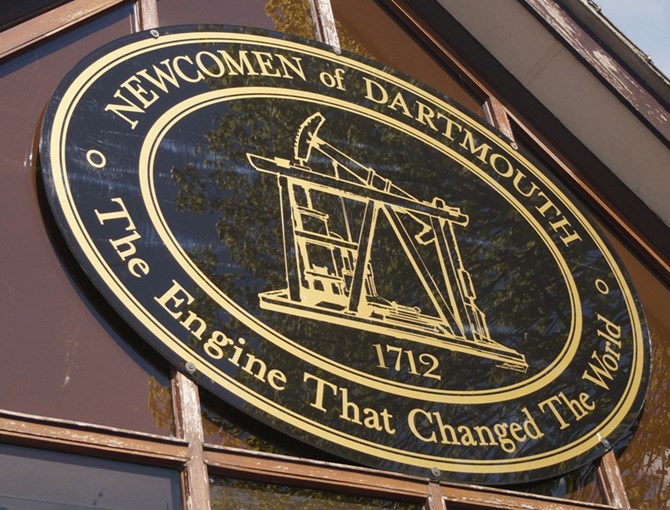
The Newcomen Engine
Visitor Attraction
View the oldest preserved working steam engine in the world.
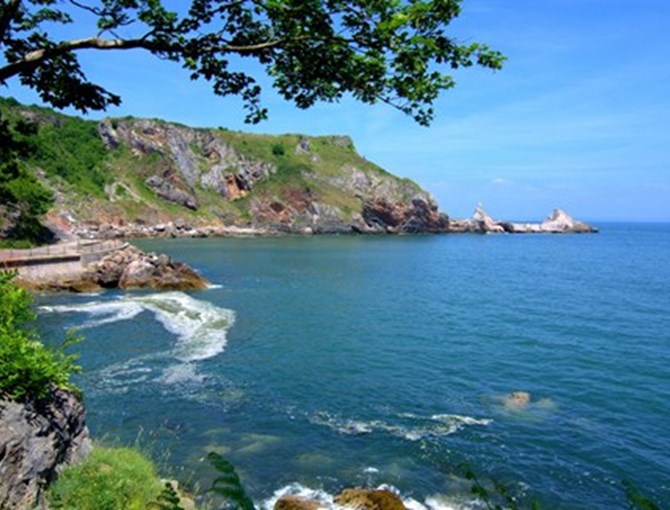
Unique Devon Tours
Guided Walking Tour
Unique Devon Tours organises fascinating and entertaining holidays for small groups in this beautiful and intriguing area of England.
Accommodation Nearby
Bayards Cove Inn
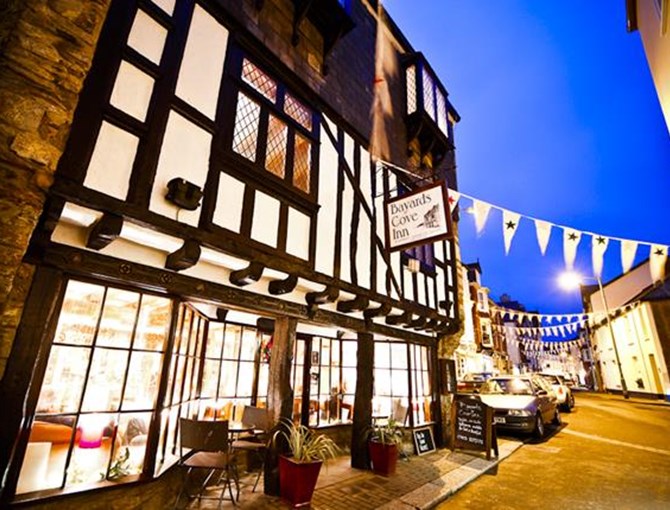
Bayards Cove Inn
Bed & Breakfast
500 Year old Bayards Cove Inn is close to the site where repairs were made to the Speedwell.
Dart Marina Hotel and Spa
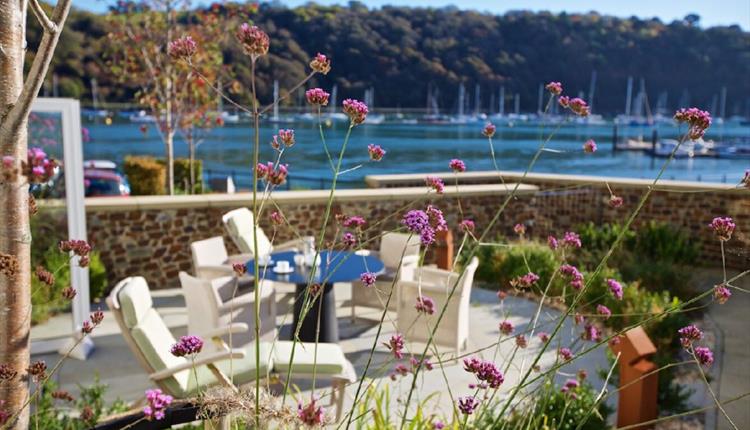
Dart Marina Hotel and Spa
Self-Catering
Luxury riverside hotel and spa on the banks of the River Dart.
Leonards Cove
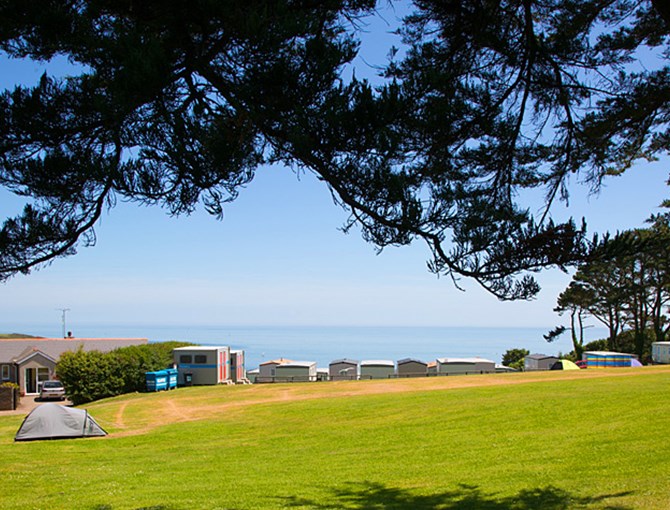
Leonards Cove Holiday Park
Camping and Caravanning
Stunning clifftop Holiday Park within minutes of Dartmouth
Royal Castle Hotel
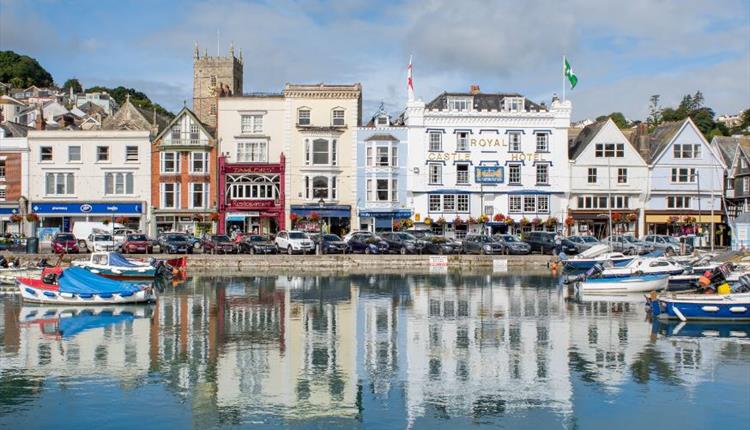
Royal Castle Hotel
Hotel
16th Century traditional English coaching inn situated on the quayside with 24 rooms.
Sign up for the latest Mayflower 400 news
You'll be the first to hear the latest Mayflower news, events, and more.
Log In
Register
Mayflower 400 Proudly Supported by our National Sponsors and Funding Partners






